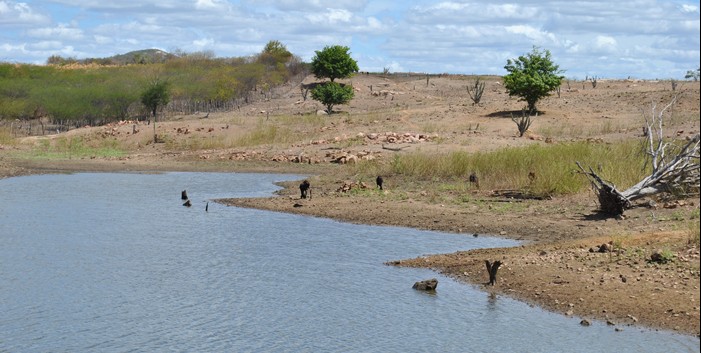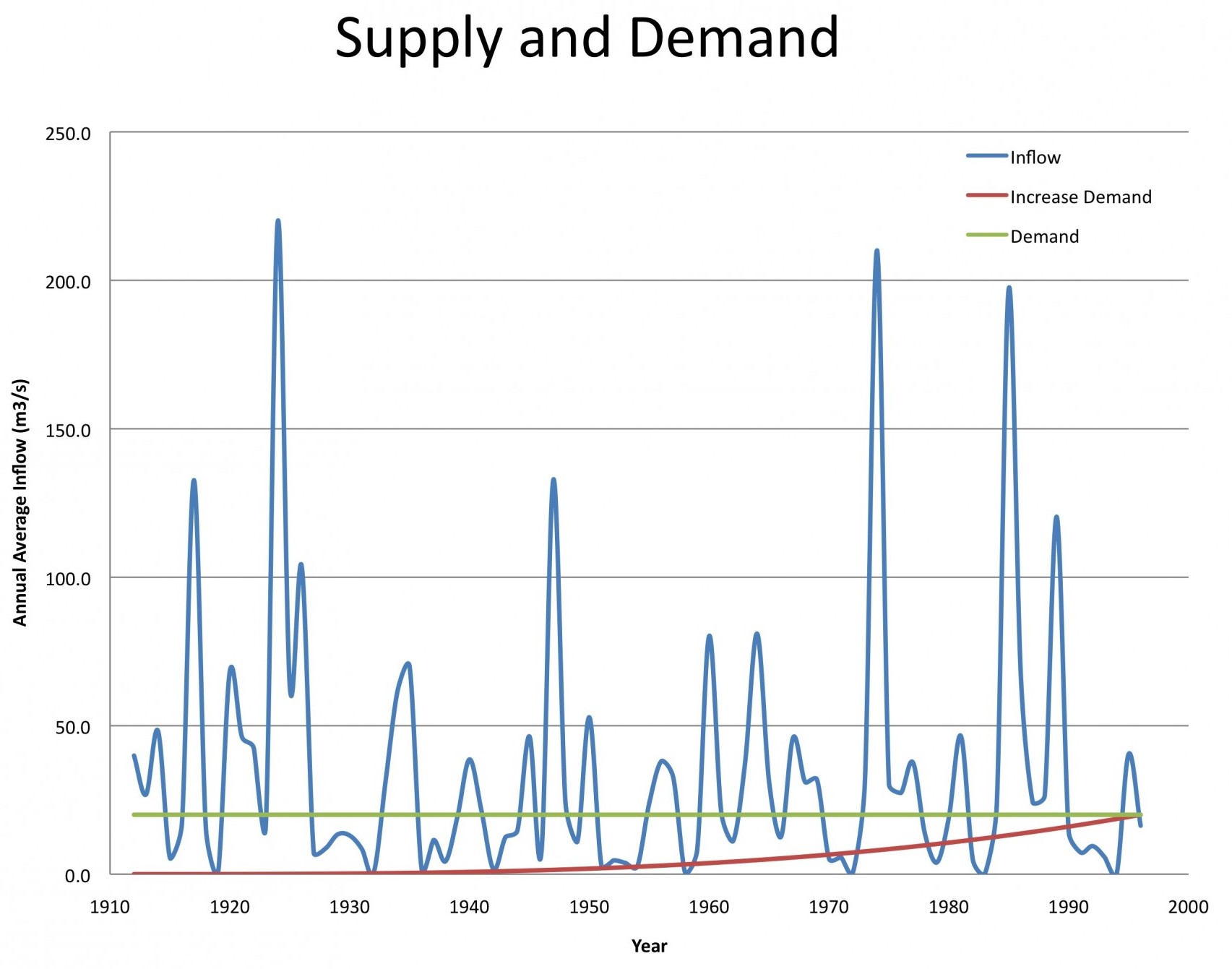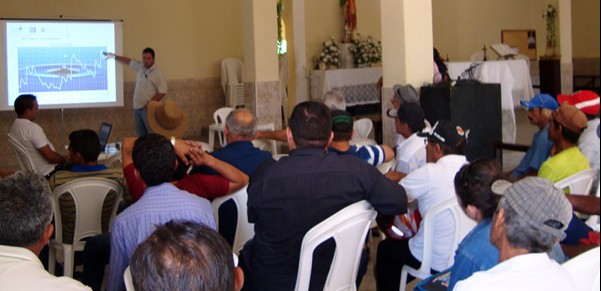“The Columbia Water Center was one of the original core partners of the PepsiCo Foundation’s Water Portfolio a decade ago, which I was fortunate to co-create. At the time, it was the largest grant by the Foundation to a single grantee, which brought interest in the collaboration from many stakeholders, both internal and external. Dr. Lall and the team at the Columbia Water Center did not disappoint! The partnership not only provided over 4,000,000 people with access to safe water, but proved innovative models of predictive water allocation, and demonstrated the impact that can result when world-class academic rigor, private sector support, and an enabling policy framework by government work together in unison.”
– Dan Bena, Former Head of Sustainable Development, PepsiCo Global Operations, Professor (Hon) and Trustee, Glasgow Caledonian University
In Ceará, local citizen committees representing residential, industrial and agricultural water users are responsible for making seasonal reservoir storage and allocation decisions. These decisions are based on information provided by the state water resource authority, COGERH, the organization that oversees the states water supply infrastructure including dams, delivery systems and 126 reservoirs.
However, dramatic fluctuations in the amount of rainfall the region receives from year-to-year make this decision-making and planning process extremely challenging, even as divergent interests set the stage for potential conflict among different sectors.



